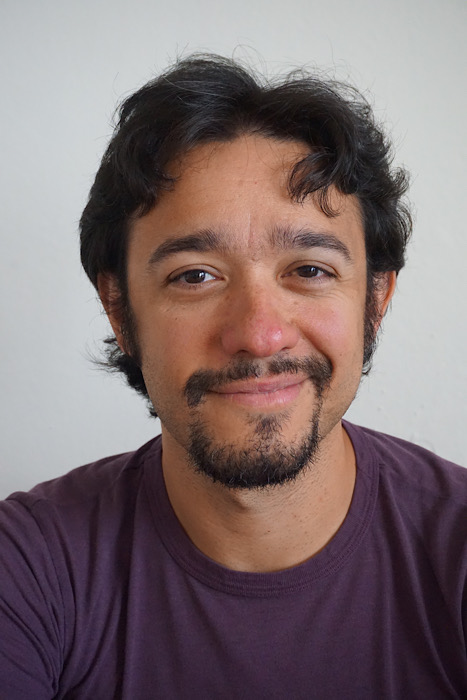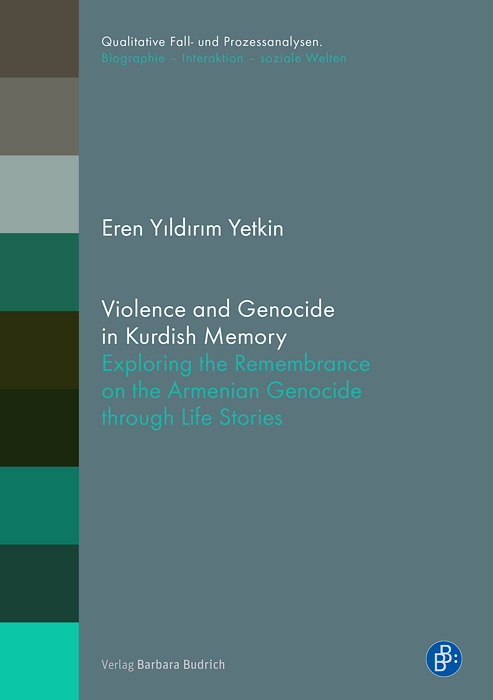The beginnings of many nations are marred by traumatic histories. This is certainly true for Turkey. The modern Republic of Turkey began with the dispossession and even eradication of many of the ethnic and religious minorities who had lived for centuries within the borders of the Ottoman Empire. The Armenian genocide is one of the most prominent examples. In Violence and Genocide in Kurdish Memory: Exploring the Remembrance of the Armenian Genocide through Life Stories, author Eren Yetkin argues that from the time of the genocide, which took place between 1915 and 1918, the government of Turkey has chosen to deny rather than confront the past.
Denialism, however, was never a static policy but rather one which evolved as international and national conditions changed over time. The term genocide did not gain international recognition until it was established as a crime by the United Nations in 1948. Until the 1950s, Turkish officials denied the violence not the genocide. It was not until the 1960s, when Armenians in the Soviet Republic of Armenia and Armenians living in the diaspora demonstrated for the recognition of the genocide that the focus of denialism shifted to the genocide.
In the 1990s Turkish denialism took on a more aggressive form with the construction of the Zeve Martyrdom Memorial Site. Located 25 kilometers outside the city of Van, the memorial was built by local authorities during a period of time when there was an enthusiastic search for Turkish victims of Armenian violence. Unearthing the bodies of mass graves was a means of substantiating the narrative of Turkish victimization. The plaque that adorns the obelisk commemorates the “2,500 heroic Turkish sons who were murdered by the Armenian militias bloodthirstily…in villages in May 1915.” While the plaque notes that the violence occurred in May, the governor of Van organizes an annual commemorative ceremony on April 24th—the international commemoration day of the Armenian genocide. Located in Kurdistan, the memorial also erases the ethnic identity of the Kurdish victims by labeling them as Turkish sons and renaming their villages with Turkish names.
By 1990s and 2000s we see another turning point in the memory of the Armenian Genocide in Turkey. On the one hand the government adopts more liberal policies—supporting labor rights, women’s rights, and ending the state monopoly over the media. It is during this period that we see the growing assertion of civil society with the creation of NGOs supporting the rights of minorities long targeted by the state. The weekly Turkish/Armenian bilingual publication Agos, was, according to its website, “founded in 1996 by Hrant Dink and a group of his friends, in order to report the problems of the Armenians of Turkey to the public.” Between 2010 and 2019 citizens laid claim to one of Istanbul’s most prominent public spaces, Taksim Square, to commemorate the Armenian Genocide.
While Turkey may have been liberalizing during the 1990s and 2000s this does not mean that the state abandoned its policy of denialism toward the Armenian Genocide. Instead, denialism became wrapped up in an ongoing nostalgia for a mythologized Ottoman past. This is best demonstrated by a 2014 article by former Foreign Minister Ahmet Davutoğlu which came to be known as “Just Memory.” In Just Memory Davutoğlu homogenized and simplified the various communities of the Ottoman Empire whom he cast as living in peace and harmony. It was the poison of nationalism that shattered this idealized state of coexistence. Just Memory was later adapted to exhibition form by Davutoğlu and titled Nar Niyetiyle, a reference to pomegranates that recalled nostalgia for a lost Armenian past. By reimagining the Ottoman past as a golden age of peaceful coexistence, both Just Memory and Nar Niyetiyle cast all sides as the victims of nationalism.
In the face of the persistence of official denialism, there were several civic initiatives to organize exhibitions to recognize the Armenian Genocide. Bizzat Hallediniz, loosely translated as Please Deal with it Personally, was an effort to demonstrate the irrefutable reality of the genocide and the responsibity of the state through the weight of archival evidence. A team of 20 historians and experts sifted through thousands of telegrams to feature some 400 that highlighted the orders given by Talaat Pasha to the regional governors and state agents on how to carry out what were then labeled as “the deportations.” Pasha was Grand Vizier (Prime Minister) and chairman of the Union and Progressive Party that governed the Ottoman Empire during World War I and the time of the genocide. The problem with the exhibition, Eren Yetkin points out, was the sheer volume of archival material presented on A4 paper, taped to the walls of the exhibition site. The exhibition organizers failed to frame, contextualize or explain the documents. Visitors were required to have both the patience and the ability to read through hundreds of pages of archival sources. Exhibitions aren’t books, Eren Yetkin argues, they need to find ways to personally move or resonate with visitors. Despite its success in compiling the evidence of the state’s orchestration of the genocide, the exhibition missed an important opportunity to connect with visitors.
Speaking about the Armenian Genocide makes the experiences of the Kurds discussable and describable. The Kurds remember the Armenian Genocide as the beginning of the state violence in the region. Eren Yetkin, Realms of Memory interview.
A few months after Bizzat Hallediniz, the same progressive Depo exhibition site in Istanbul hosted a second exhibition on the Armenian Genocide entitled Left Over. As the title suggest, Left Over, focused on the physical remains after the Armenian Genocide. While Bizzat Hellediniz used the denialist term “deportations” in quotations, Left Over framed the past in question as the Armenian Genocide. Whereas Bizzat Hellendiniz lacked aesthetic appeal and left visitors to fend for themselves amidst the archival evidence of the genocide, Left Over used an array of audio and visual supports to frame and make the past more accessible and engaging. Hand drawn maps showed visitors where Armenians lived prior to the genocide. Sketches of local topographies pointed to supposed Armenian treasures left behind. Family trees, church keys, photographs of properties, recordings of interviews with the grandchildren of survivors, together with music composed for the exhibition gave color and life to Left Over that Bizzat Hallediniz lacked. Yet while Left Over looked at how survivors had to deal with what remained after the genocide, it also failed to address how the genocide happened. By focusing on the remains of the genocide even the survivors became subjects who lacked agency. For Eren, violence on the scale of the Armenian Genocide could never have happened without a signficant degree of participation from the local population or “bystanders.” Bystanders, in German parlance, refers to “ordinary” Germans who claimed to know nothing about what happened during the Holocaust, that they were not involved, but rather simply bystanders.
It is precisely the role of bystanders that is the focus of Eren’s research. Introduced to the region of Van as a guide for European tourists in his late teens and early twenties, Eren became intrigued by the ruins of the Armenian churches and monasteries in the region. A center of Armenian intellectual and political life, the city and province of Van were unique in the Ottoman Empire in having a majority Armenian population. The providence is also in the heartland of Kurdistan and Kurds undoubtedly played a role in the genocide. Through interviews with Kurds both in Van and Istanbul Eren wanted to look at how Kurds remember the Armenian Genocide. While Kurdish mayors have been active in restoring Armenian religious sites and acknowledging the genocide, Eren found that the most common frame for this past is what he labels as the “instrumentalization thesis.” The instrumentation thesis posits that Kurds were manipulated by Turkish authorities and Kurdish elites into participating in the genocide. Moreover, betrayed by their supposed Turkish allies it was the Kurds who later suffered from both Turkish violence and the legacy of a region impoverished by the erasure of a once wealthy Armenian population. Rather than working through the difficult memories of the genocide, what Eren realized was that the Armenian Genocide offered a entry point and a means for Kurds to talk about their own experiences of victimization.
Eren’s original research plans to conduct interviews in the areas around Van were cut short by the failed July 2016 coup and the resumption of fighting in Kurdistan. When asked whether exhibitions like Bizzat Hallediniz or Left Over would be possible today he was somewhat ambivalent. On the one he noted that many of the Kurdish mayors who had taken progressive positions toward the remains and history of the Armenian past had been swept up in the post coup arrests and were now in jail. It was difficult for him to imagine how these kinds of exhibitions would be possible in the current political context. On the other hand, he asserted that the example and tools used by civil society to confront the past still remain in Turkey and it is still possible to take up the history of the country’s violence past.

Eren Yildirim Yetkin
Eren Yetkin is a sociologist at Koblenz University in Germany. He is the author of Violence and Genocide in Kurdish Memory: Exploring the Remembrance of the Armenian Genocide through Life Stories

